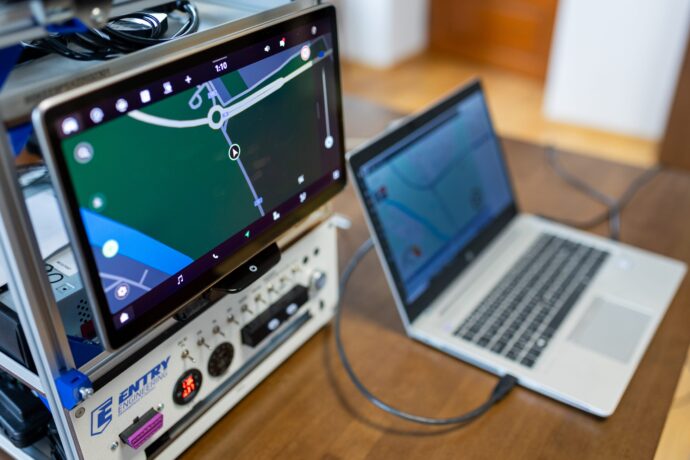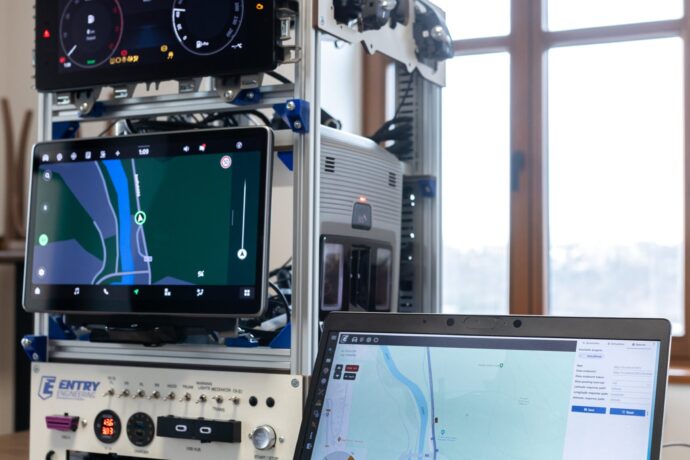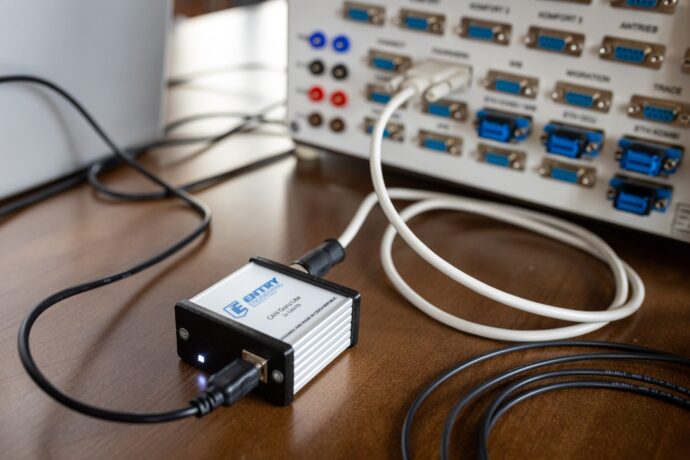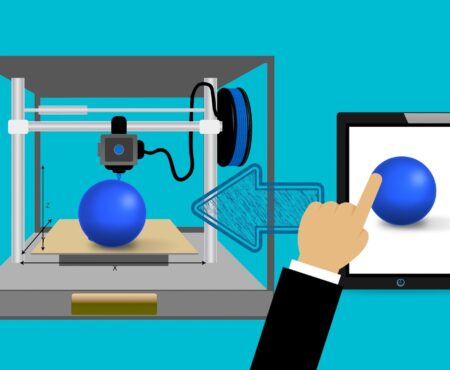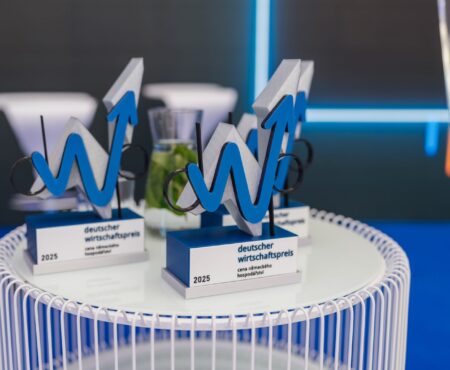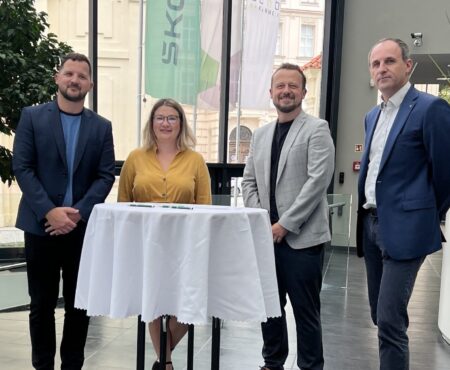Virtual Route: How the Revolutionary Vehicle Testing App Works
The entire MATADOR GROUP follows the claim “Innovation to win.” This applies one hundred percent to Entry Engineering, a Member of the Matador Group. We present to you a revolutionary vehicle testing application that holds great potential (and has received very positive feedback) from our customers in the automotive sector.
The Virtual Route project, a joint initiative between Entry Engineering and the Technical University of Liberec, represents a breakthrough in the testing of automotive control units. The aim of this “research” was to create a tool that, using advanced technologies such as machine learning and Software Defined Radio (SDR), would generate realistic simulations of driving data and CAN BUS communication for the automotive industry. This project is a significant step forward in the simulation and testing of automotive technologies, which is key to improving the safety and reliability of modern vehicles.
The Virtual Route application itself consists of several important components. Its core is a driving data model that generates CAN BUS messages and GNSS coordinates. These enable the simulation of various driving scenarios. Additionally, the application includes testing tools for verifying the functionality of models and generated data, ensuring high accuracy and relevance of the simulations.
The functionality of the application is based on the sophisticated use of machine learning to process data collected from real vehicles. This process makes it possible to create accurate models for simulating various driving scenarios, including CAN communication simulation. The signal generator (CAN and GNSS) then produces data in real time that corresponds to these scenarios, allowing vehicle control units to be tested under different conditions and situations without the need for actual driving.
The Virtual Route application is primarily used in so-called test stations. It is capable of simulating various driving conditions, making it ideal for testing navigation systems, online connectivity, and other onboard or driver-assistance systems in modern vehicles. Thanks to the application we developed, it is now possible to carry out efficient and safe testing of these systems without exposing vehicles to test drives in real traffic. This offers significant advantages in terms of safety, cost reduction, and the time needed for testing.


